2019 Jaguar I-Pace Stays Close to Concept

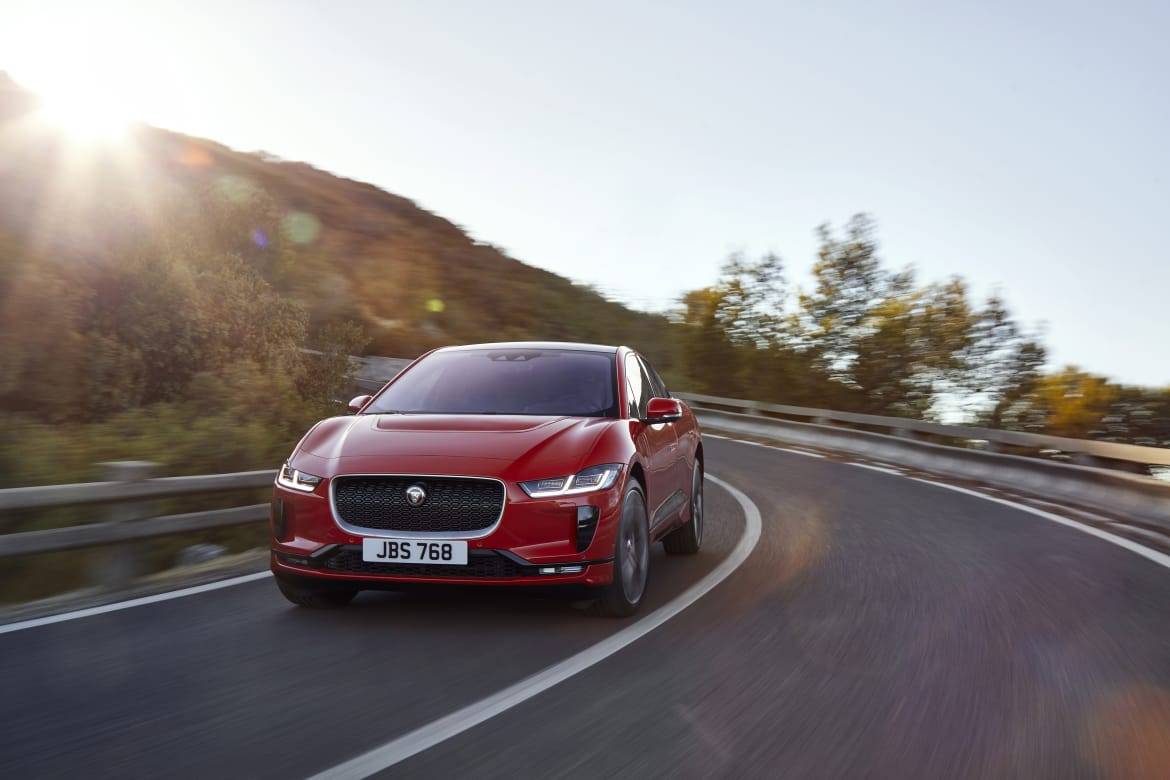
CARS.COM — The I-Pace, a Tesla-fighting electric vehicle that Jaguar bills as the “world’s most desirable [electric vehicle],” is here at long last. Jaguar revealed the car as a near-production concept at the 2017 Geneva International Motor Show, promising an on-sale date in the U.S. in the second half of 2018.
Related: Jaguar Hopes to Spark Interest With 2019 I-Pace EV Reveal
That schedule remains in place. Jaguar says the 2019 I-Pace hits showrooms later this year, and shoppers can place orders with dealers now. Should you line up? That probably depends on the price, which Jaguar will unveil during the I-Pace’s formal debut at next week’s Geneva auto show.
Jaguar released a smorgasbord of information today. Here are the most important tidbits.
Power and Range
With standard all-wheel drive and an electric motor at each axle, the I-Pace makes 394 horsepower and 512 pounds-feet of torque — enough to hit 60 mph in 4.5 seconds, according to Jaguar. Those numbers are down a bit from the I-Pace Concept, and they’re a bit slower than the current Model S, whose 75D variant hits the mark in the low 4s. But the I-Pace’s 90-kilowatt-hour battery pack gets a Jaguar-estimated range of “up to 240 miles” on a full charge. That’s up 20 miles from what the brand targeted in EPA cycles when the concept arrived.
Final EPA estimates are pending, but if the I-Pace ends up in this ballpark, it would rank on par with the Chevrolet Bolt EV and well ahead of other battery-powered cars in terms of pure range — though still short of the Model S (249 to 335 miles, depending on the variant).
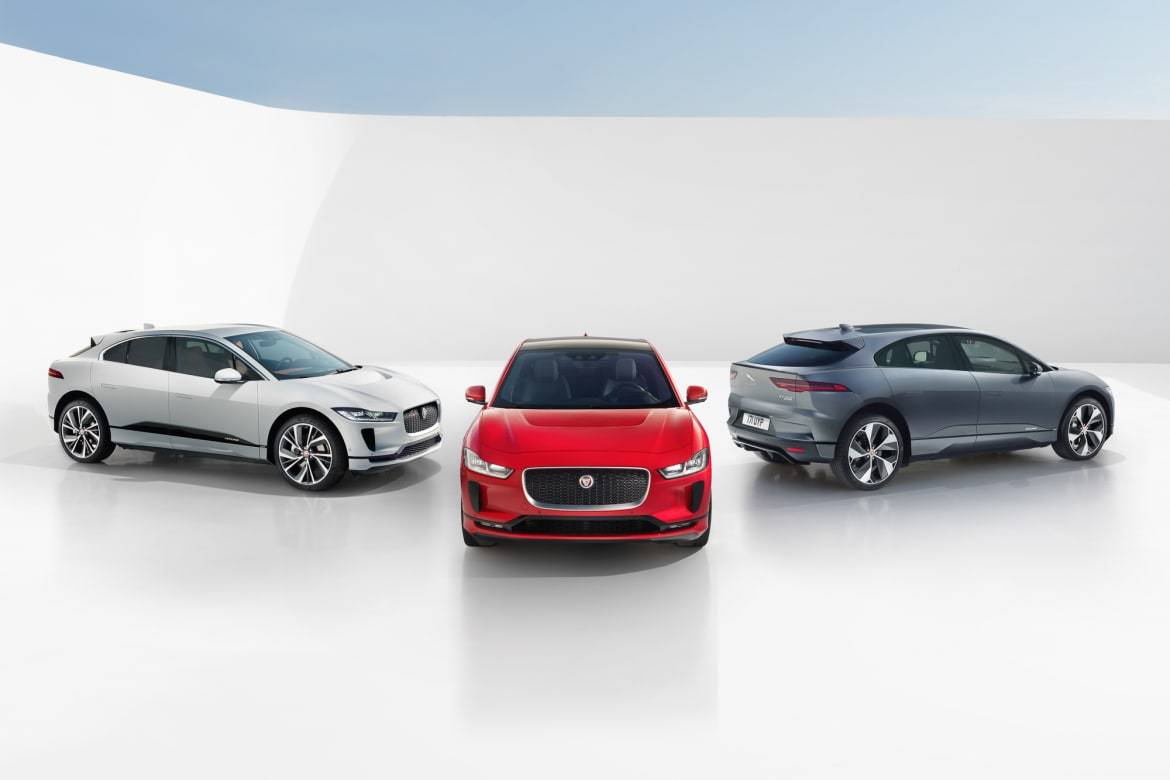
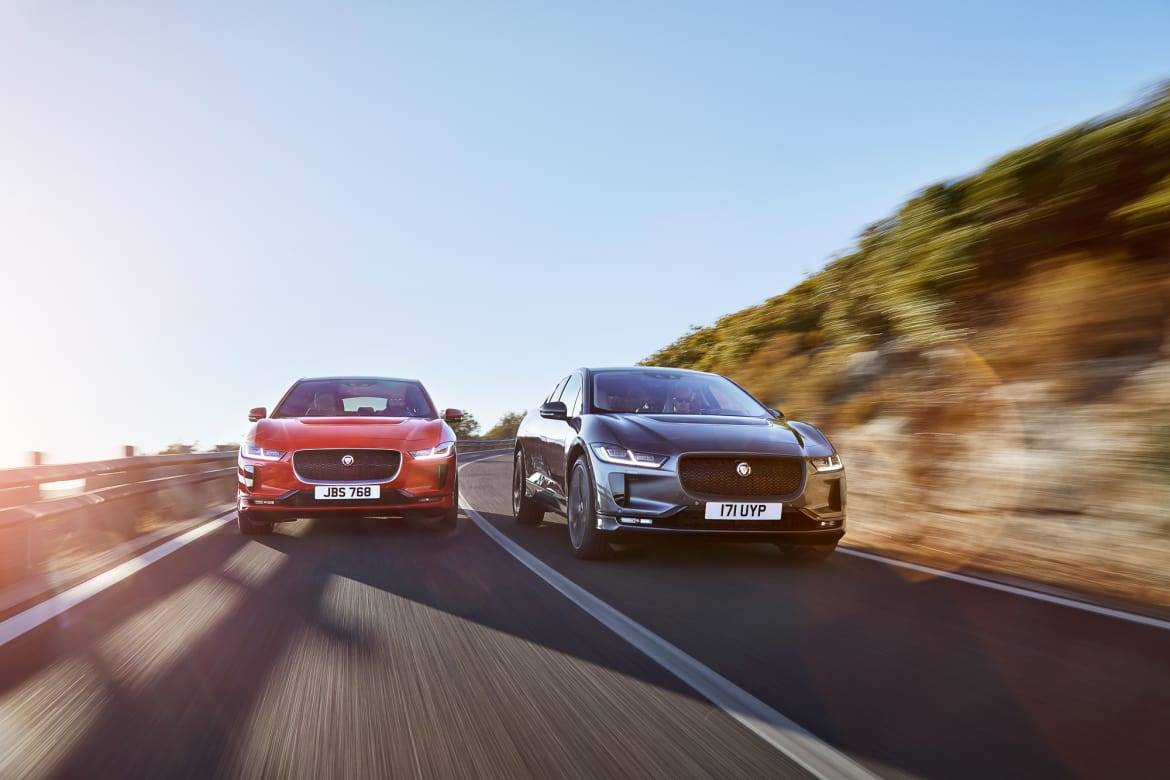
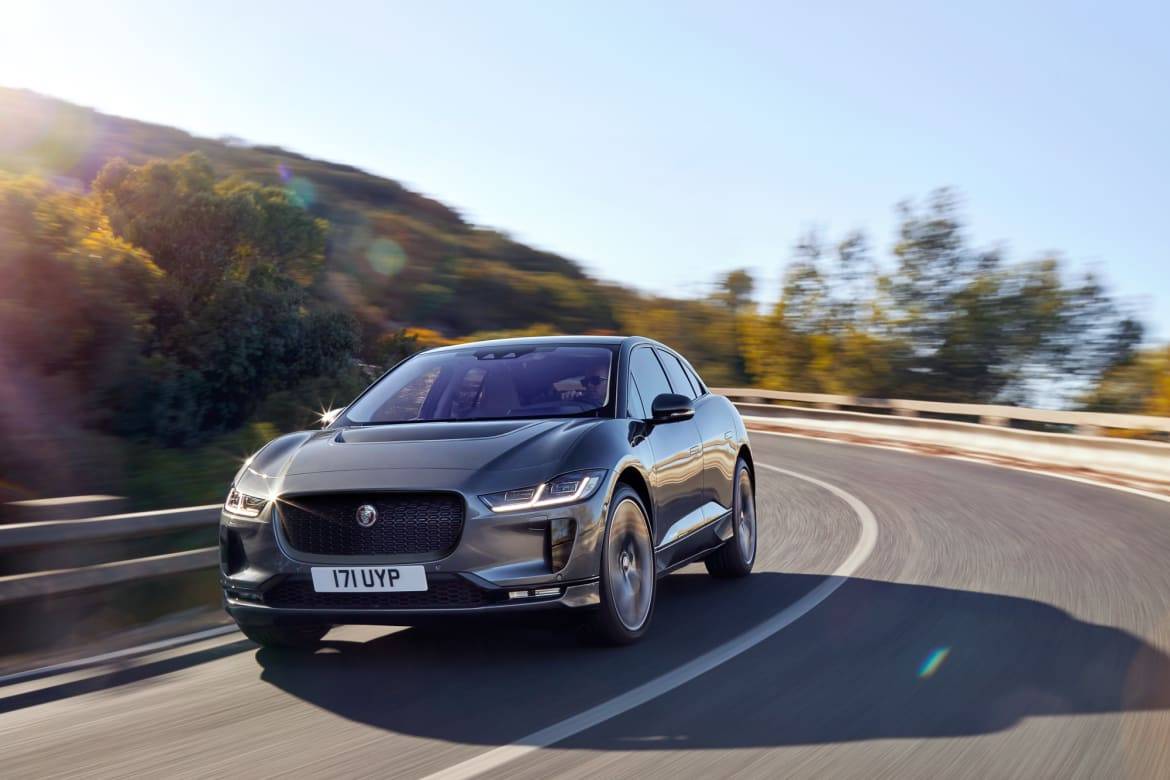
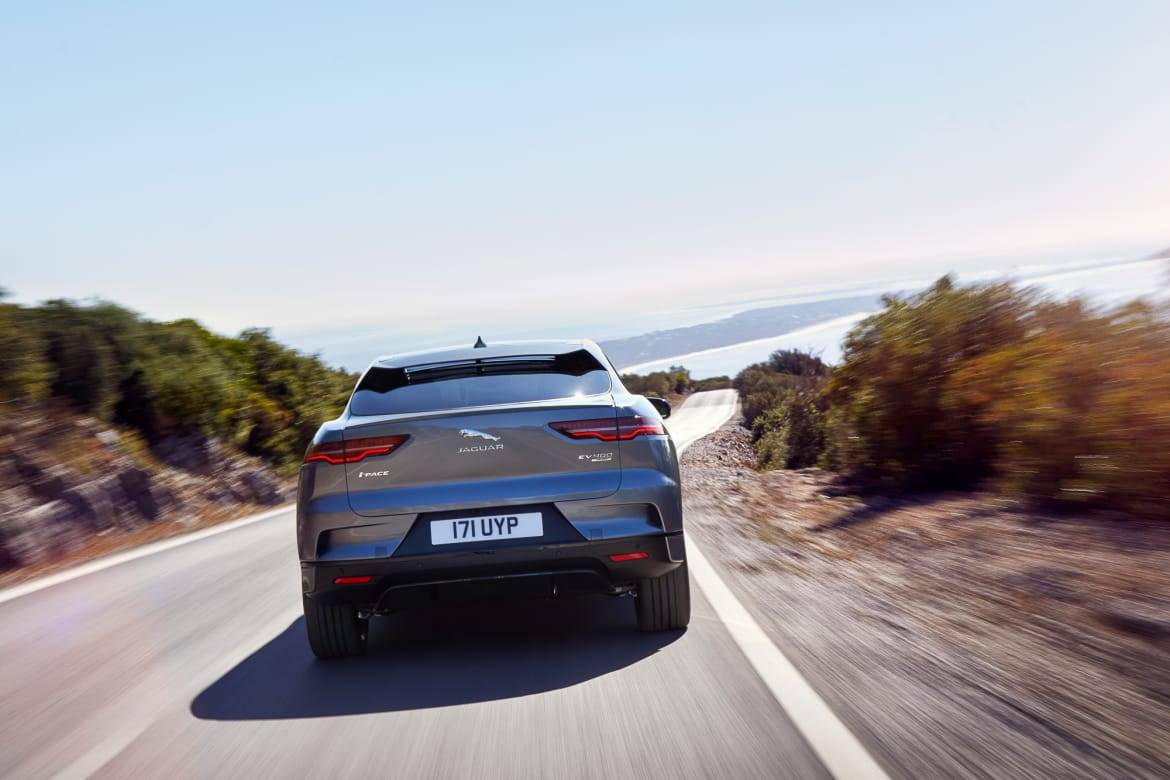
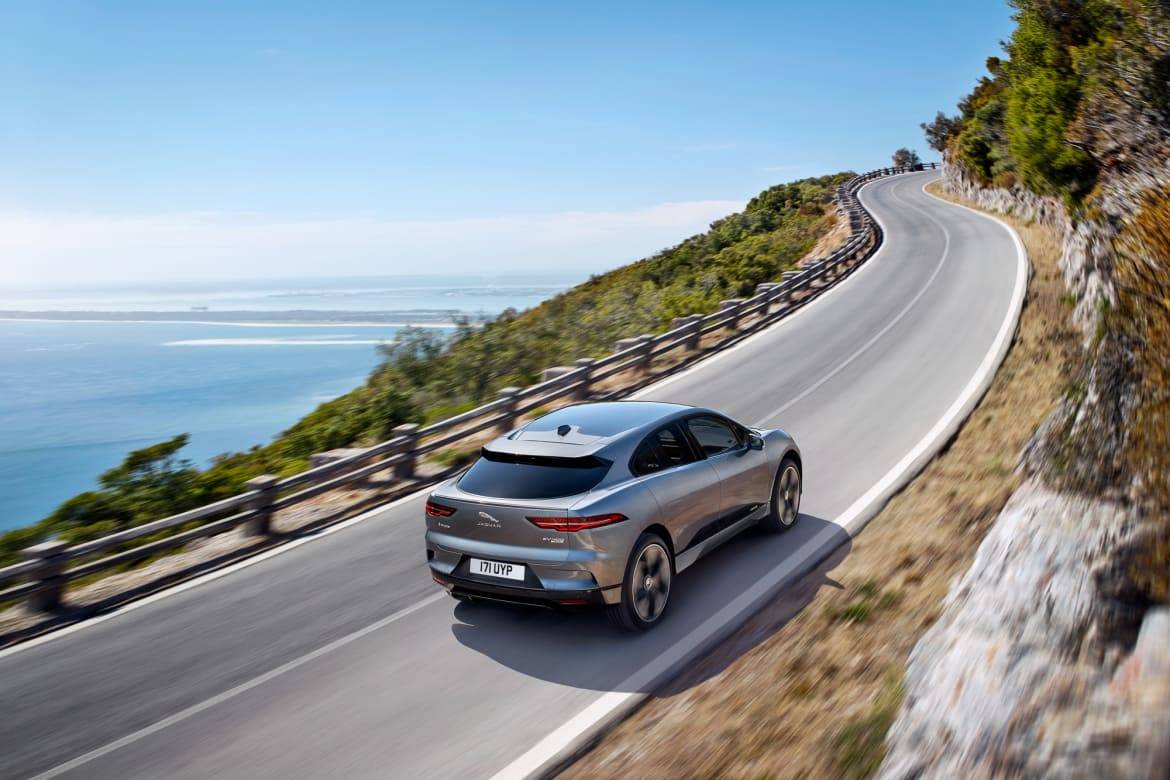
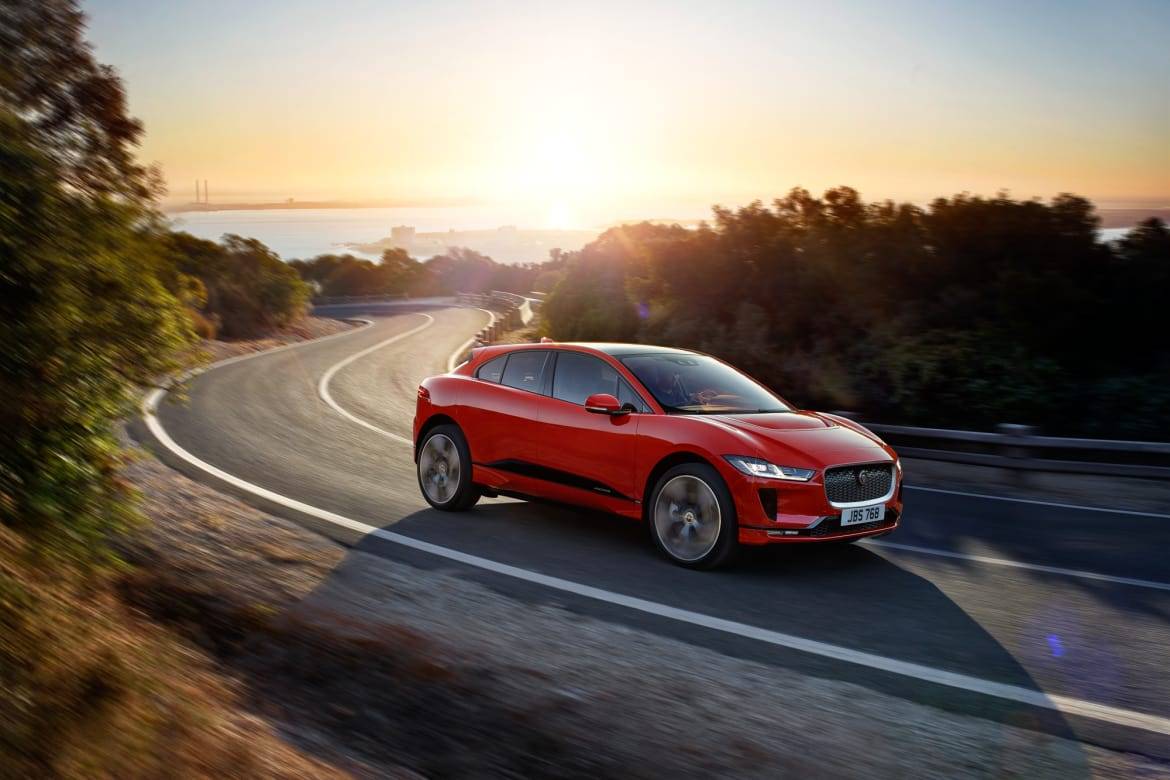
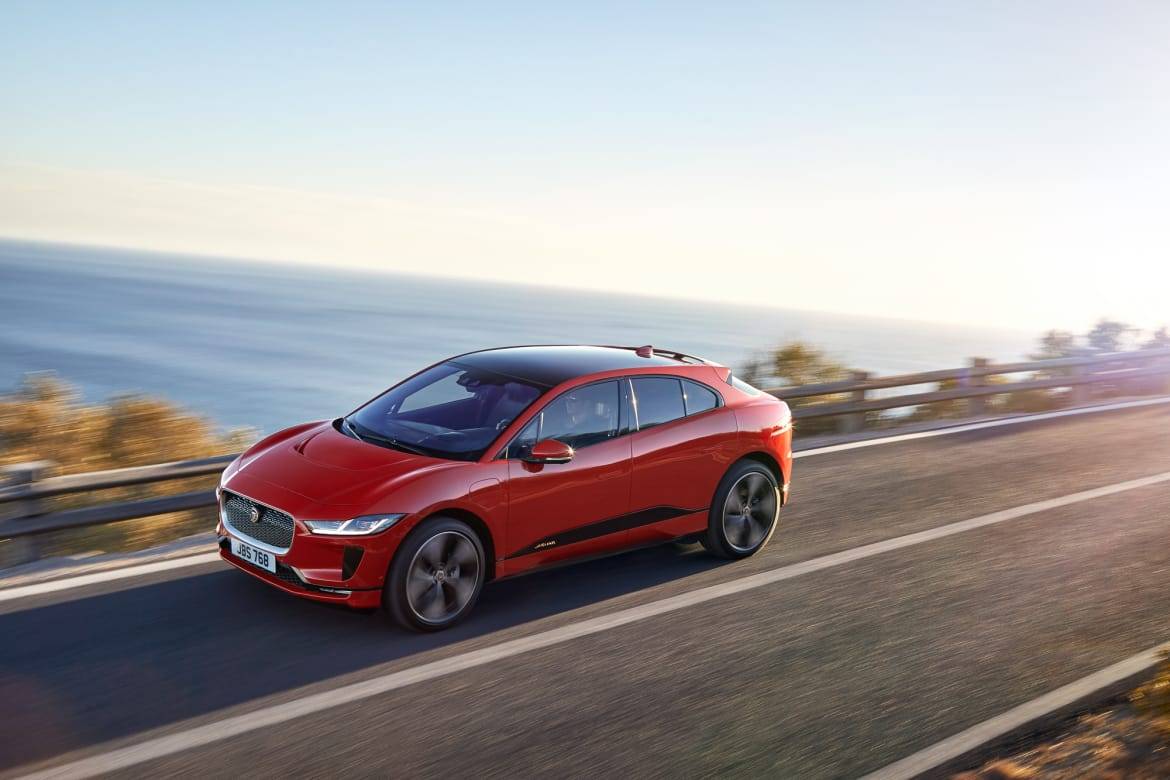
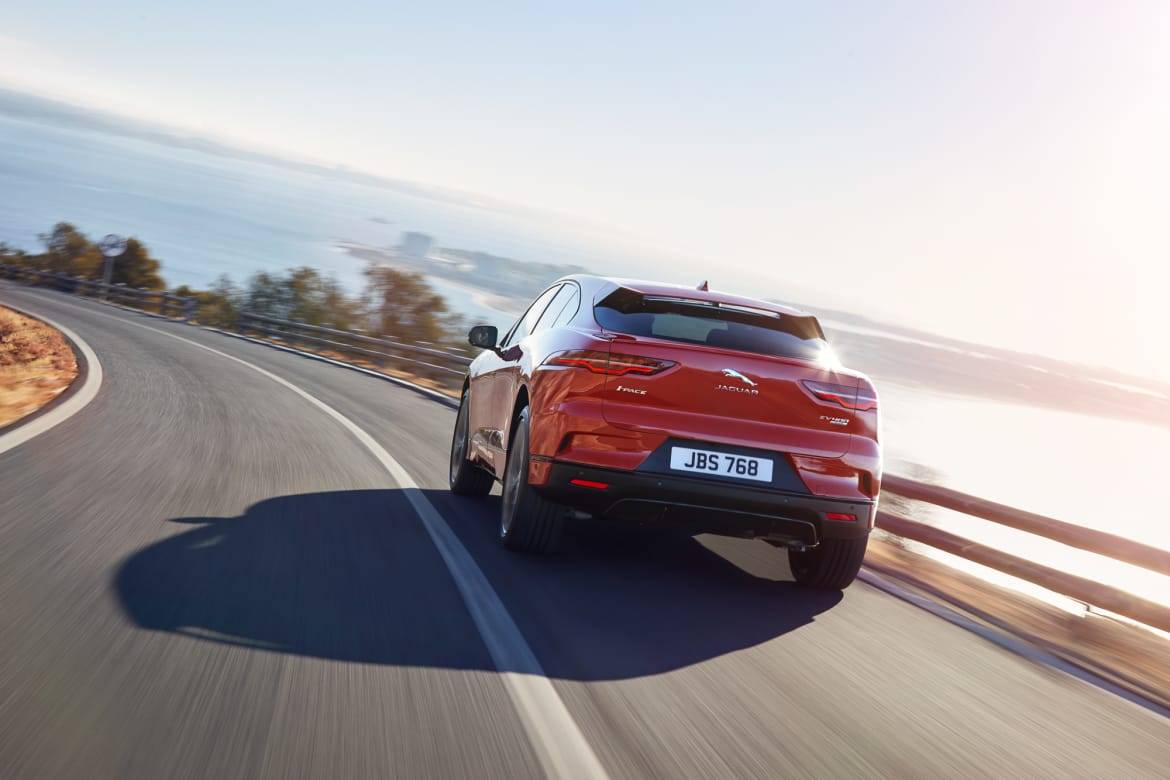
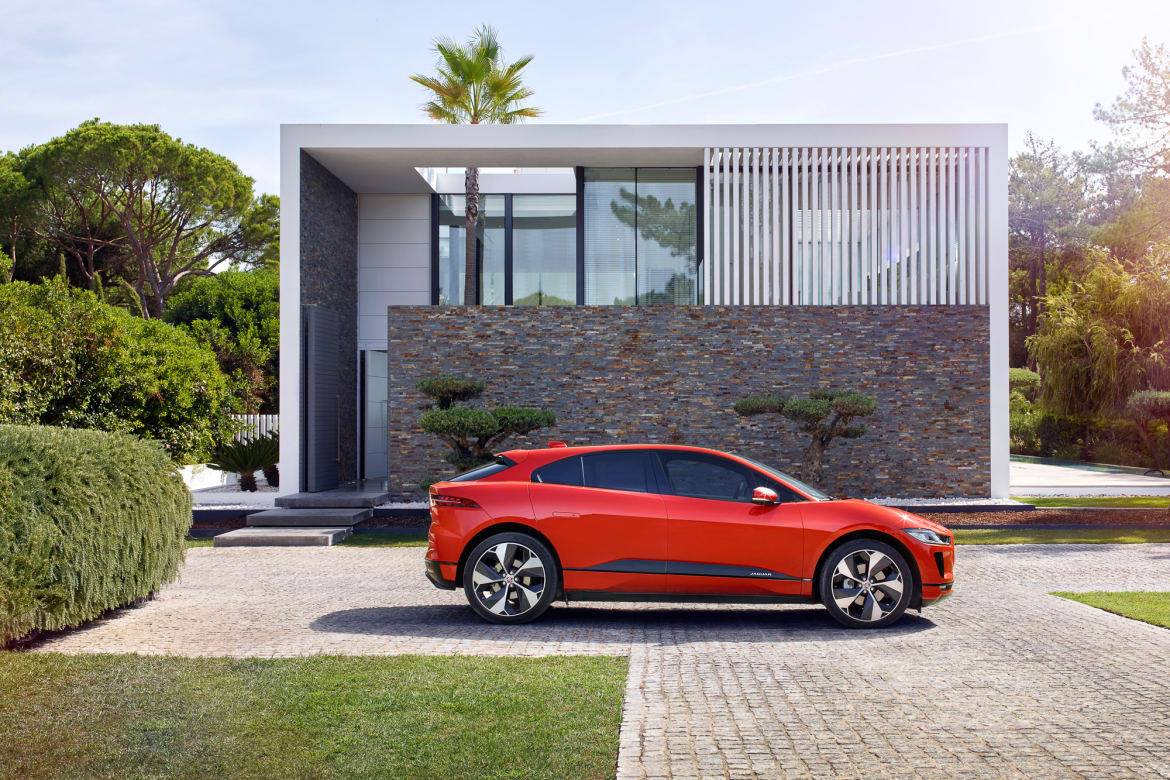
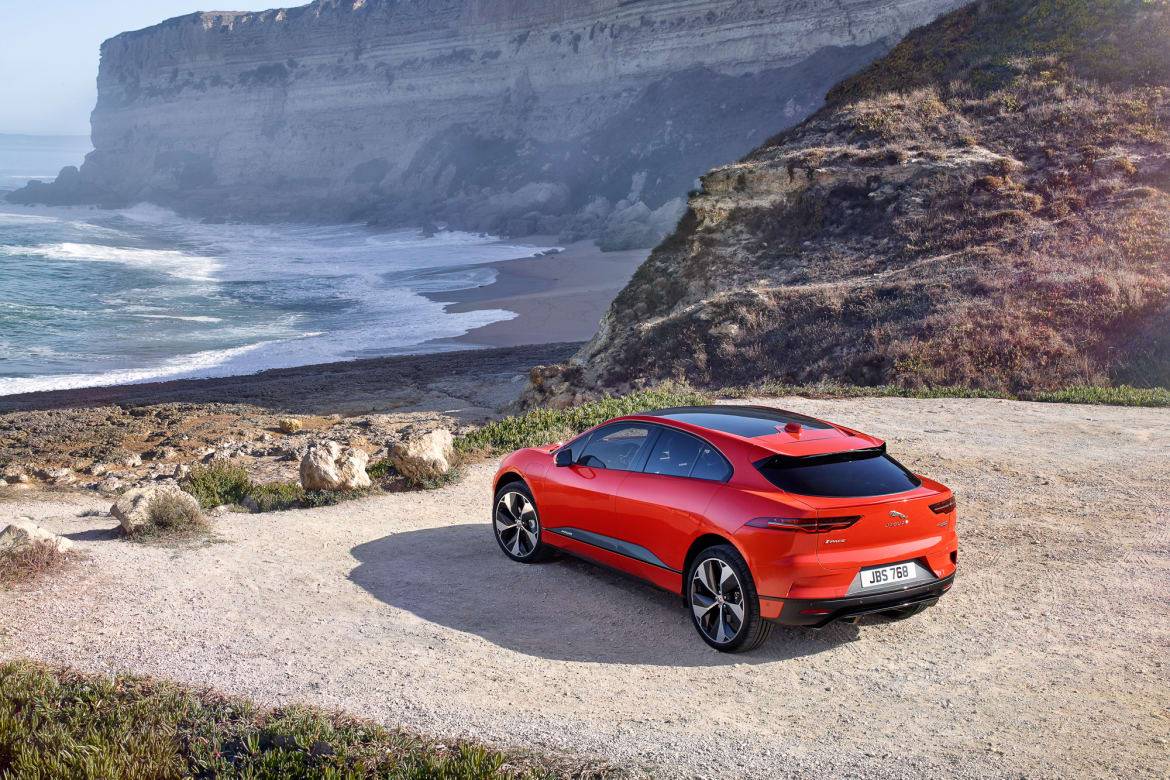
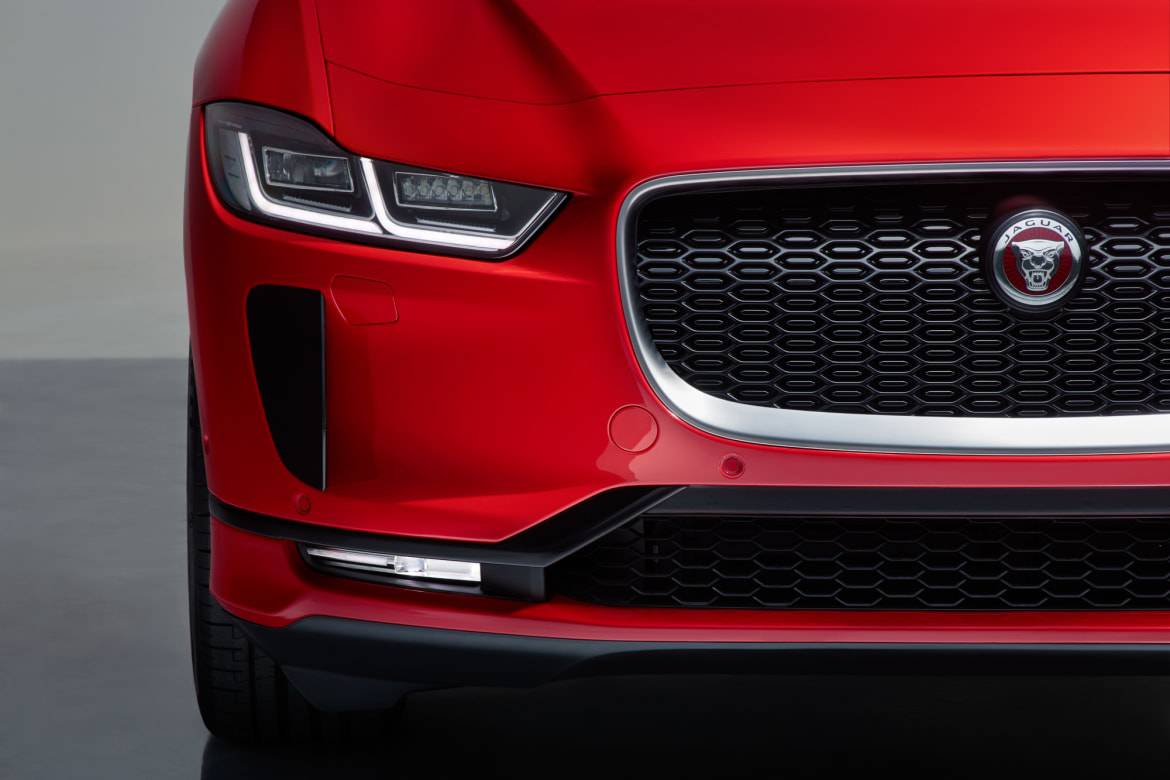
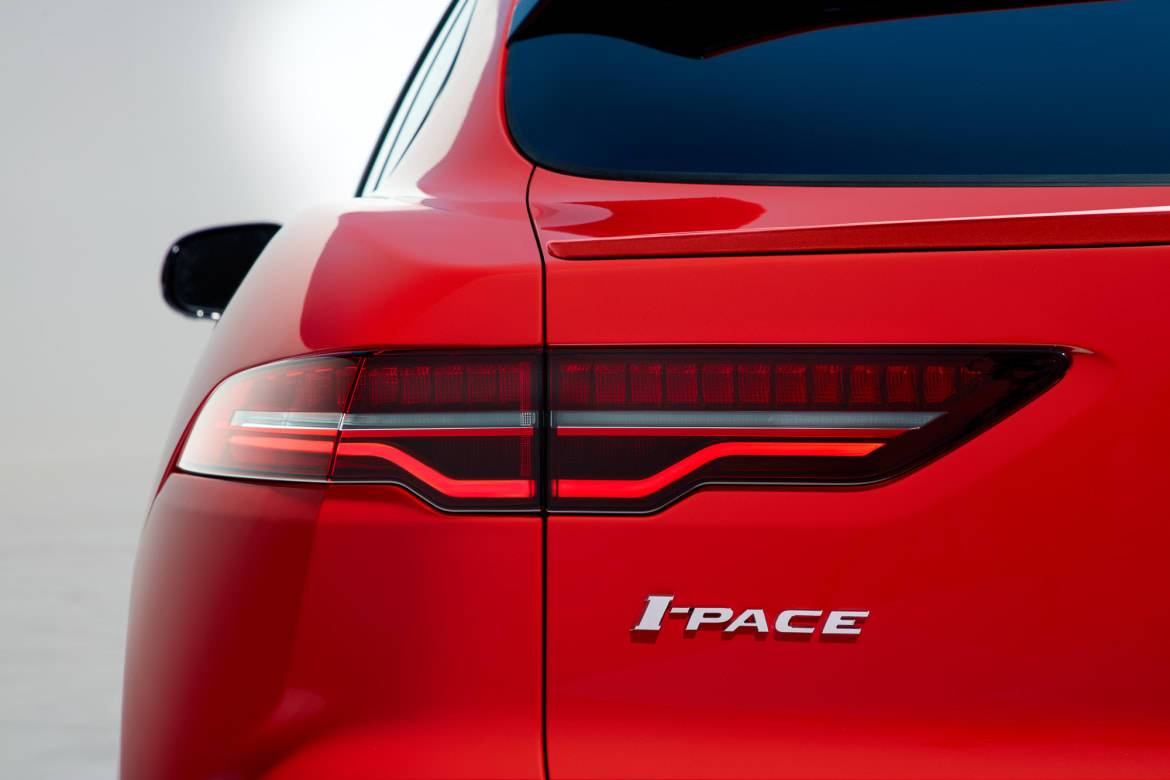
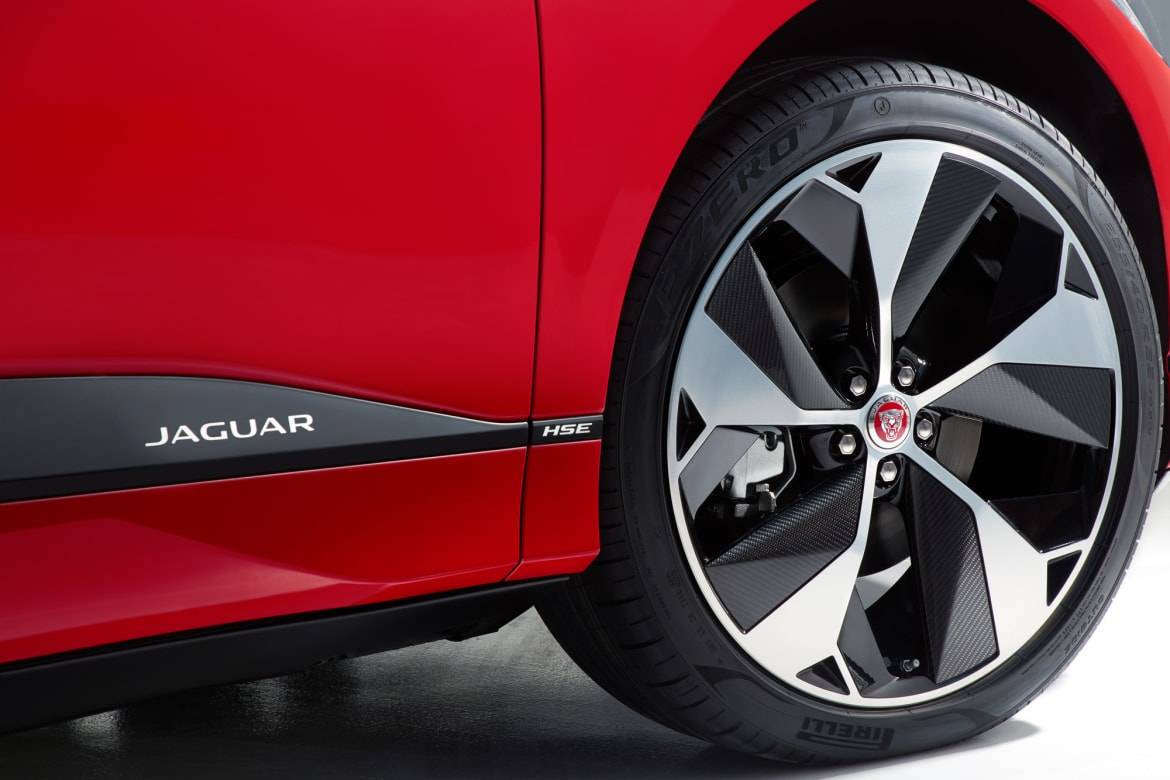













Charging Times
On a 240-volt Level 2 home charger, an empty I-Pace can hit 80 percent charge in about 10 hours, or to 100 percent charge in about 13 hours, Jaguar says. On 100-kilowatt DC quick charging, 80 percent takes 40 minutes. The standard air springs can lower the I-Pace up to nearly half an inch at highway speeds to reduce drag; adaptive shock absorbers are optional.
Drivers can dial up aggressive enough regenerative braking to enable single-pedal driving — a feature some battery-powered cars now offer — in situations that require modest deceleration.
Concept to Production
The production I-Pace all but carries over from the concept, save some larger mirrors and rearranged bumper details. Wheels range up to 22 inches in diameter; door handles motor out when touched. The I-Pace’s various openings (faux or not) suggest a low-slung gasoline vehicle, not an electric car — in marked contrast to Tesla, which embraces opening-free minimalism. Naturally, Jaguar markets all of this as an SUV, a trendy descriptor thrown at cars these days that are anything but. Decide for yourself.
More surprising is the interior. Aside from some new materials and air vents, the cabin largely carries over from the concept’s whimsical cockpit. A prominent center console stretches toward the dashboard, splitting into a pair of flying buttresses at one point to house buttons for the gear selector and driving modes. Above them is a 5.5-inch screen with climate controls and floating physical dials — similar to that of the Range Rover Velar from Land Rover, Jaguar’s sibling brand. A 10-inch display sits above, while a separate, 12.3-inch gauge display sits beyond the steering wheel.
The five-seat interior brings the concept’s “Star Trek” lounge accommodations back to earth, but a continuous glass panel over both rows keeps with the concept’s. Jaguar touts the footprint of its F-Pace SUV but “the interior space of a larger vehicle” thanks to the I-Pace’s electric architecture. Indeed, Jaguar says storage space in the center console amounts to 0.43 cubic feet thanks to the absence of a transmission tunnel, while the rear seats have additional trays for tablets and laptops. Base trim levels have Luxtec vinyl upholstery; two grades of leather or a wool-and-cloth blend are optional.
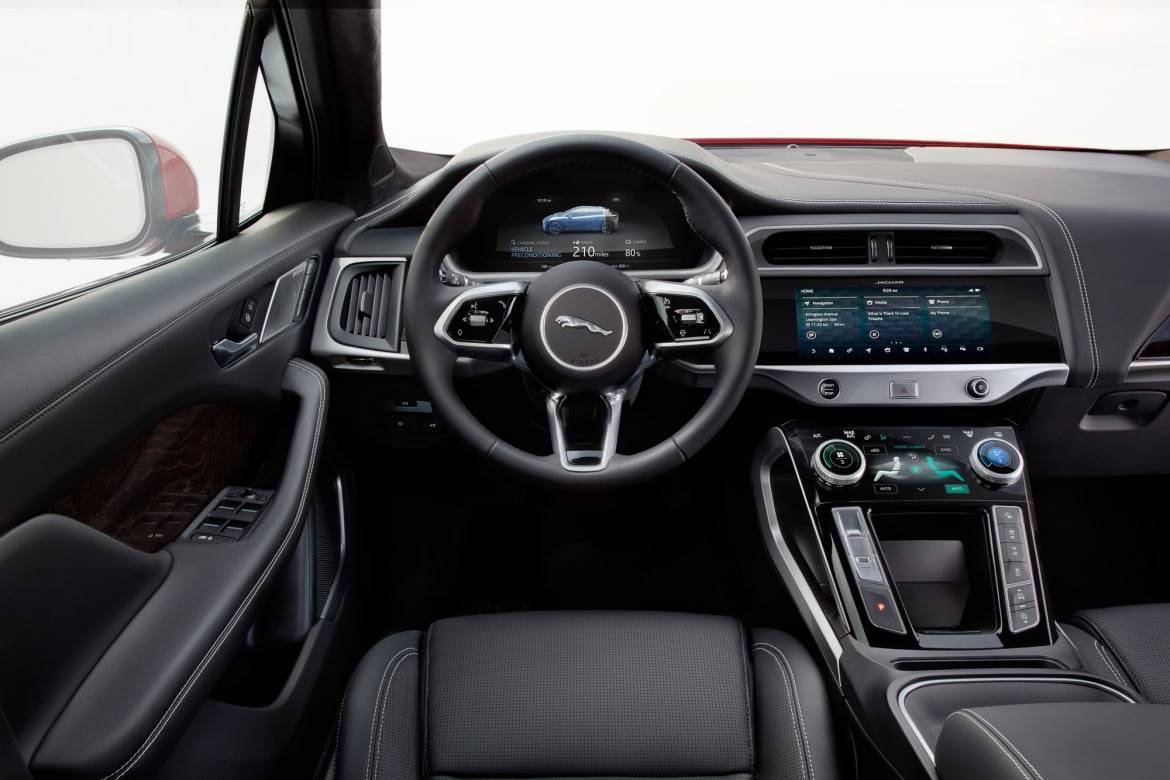
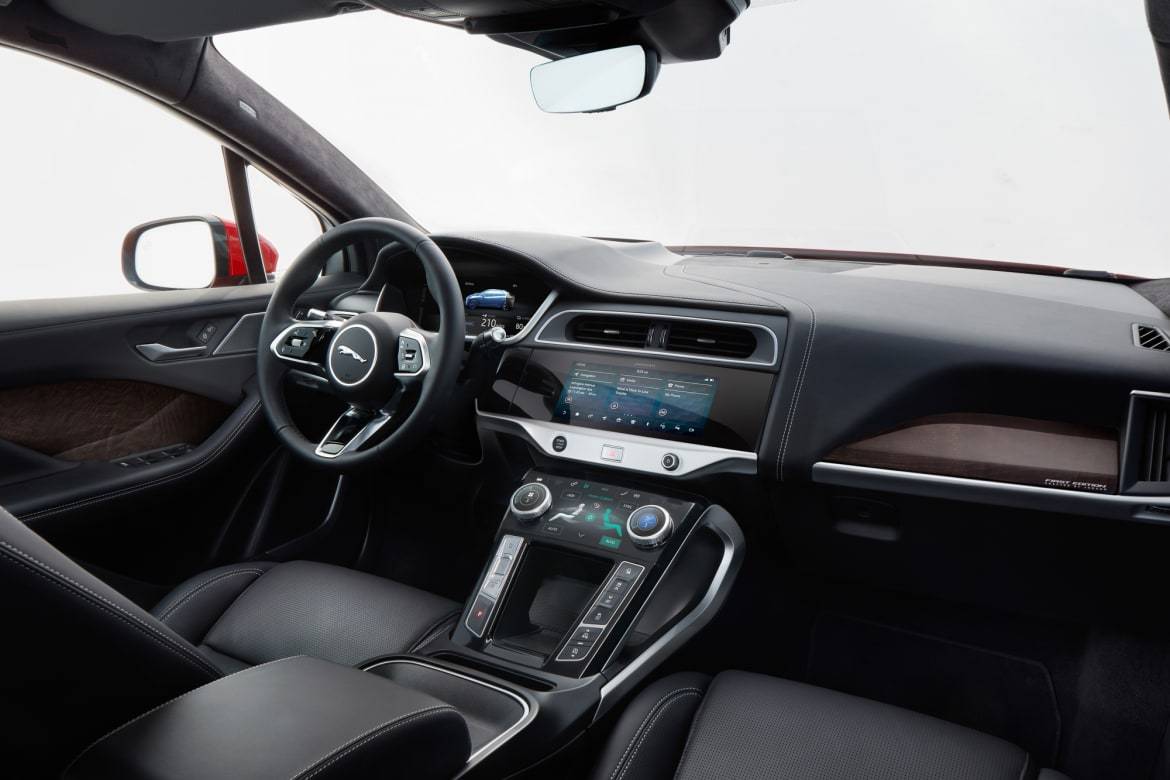
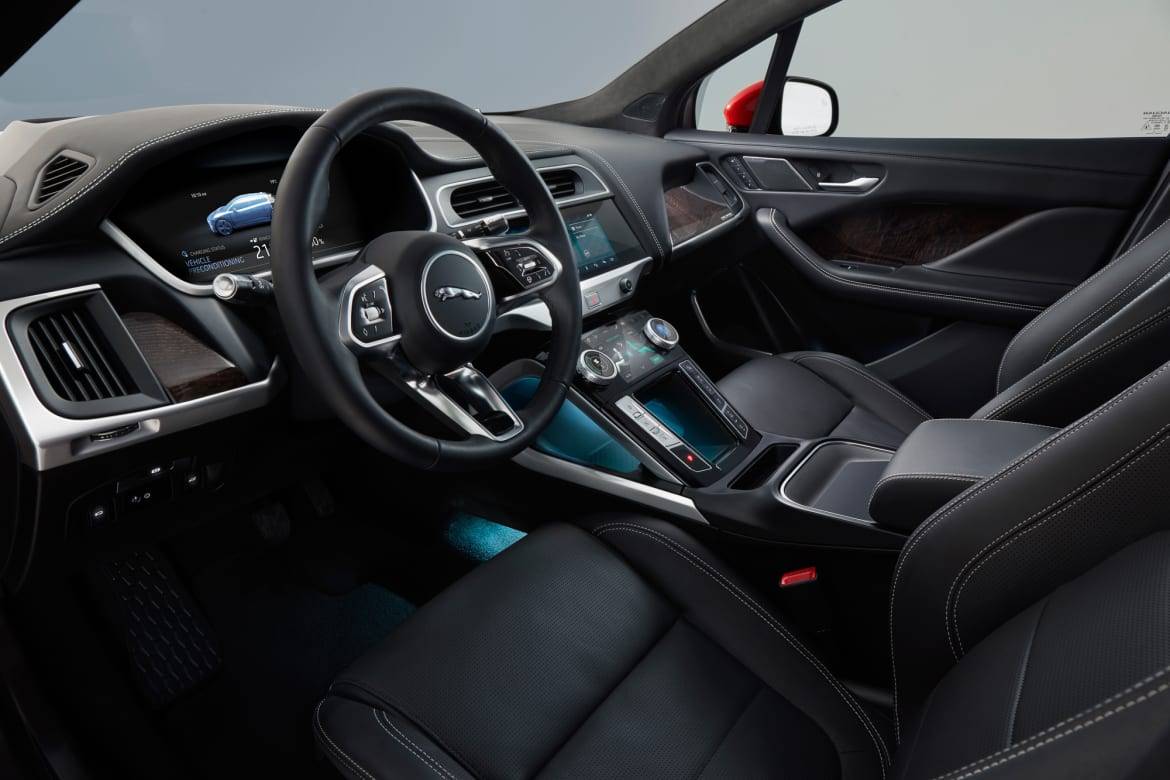
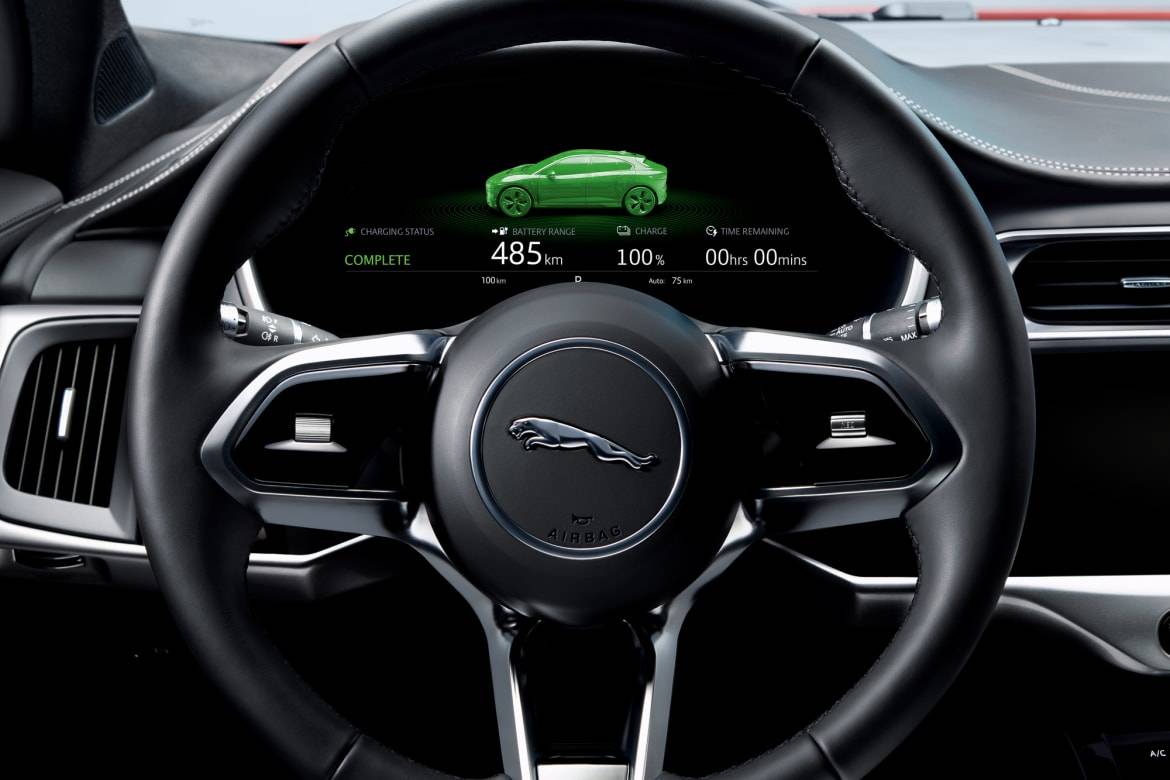
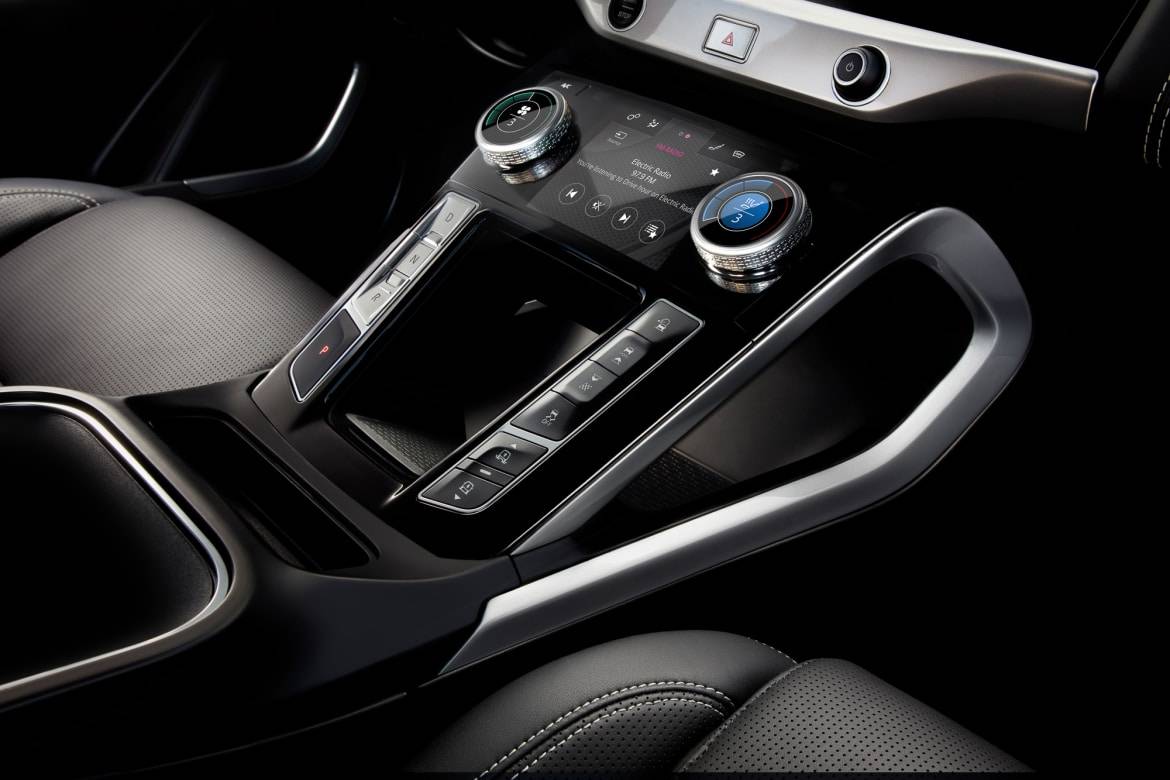
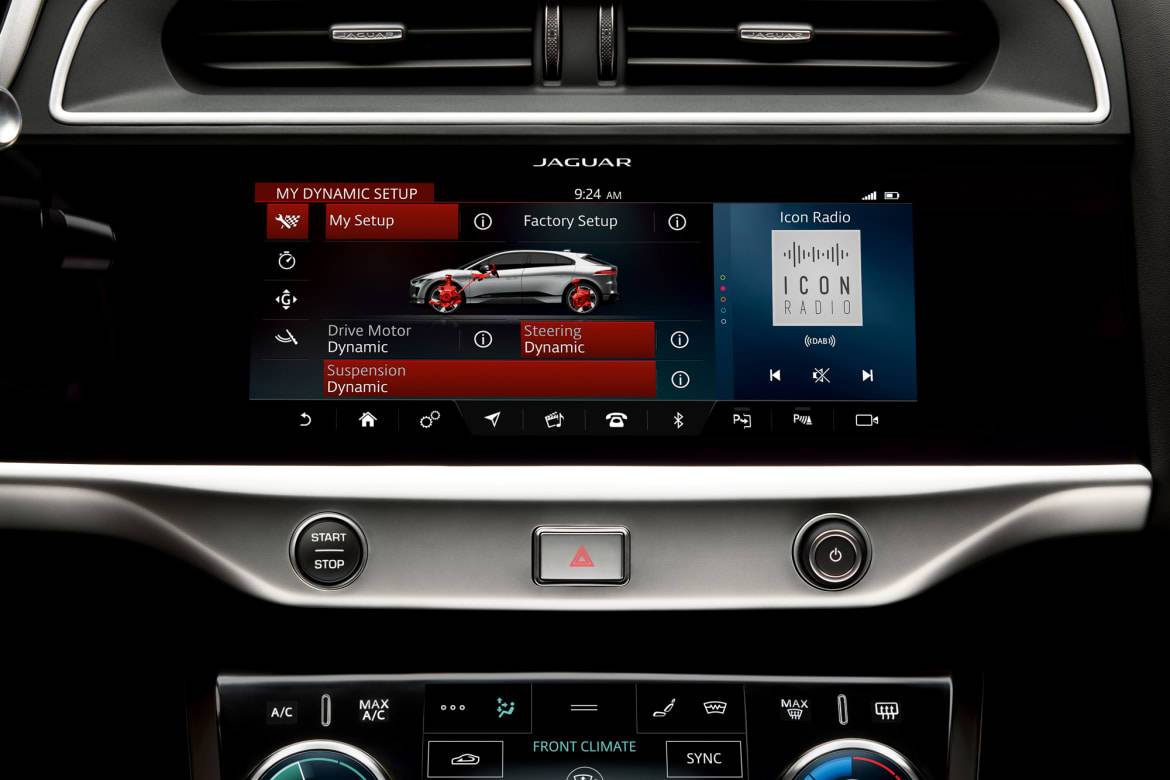
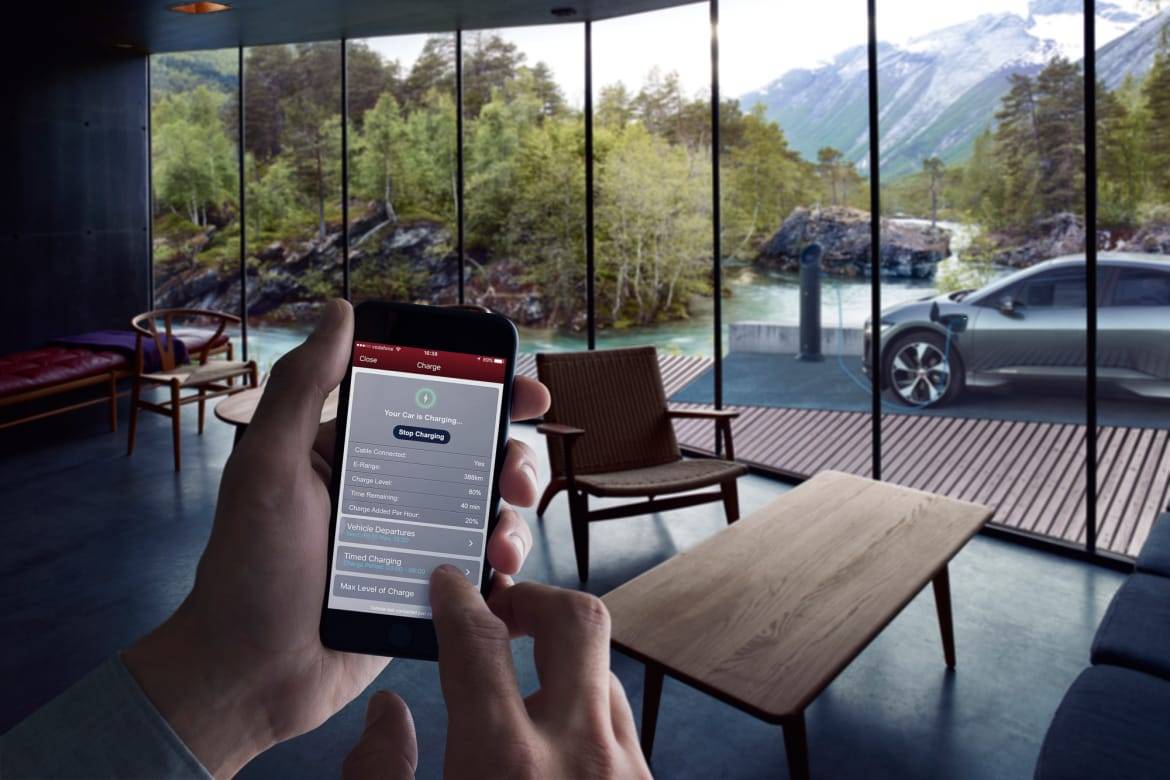
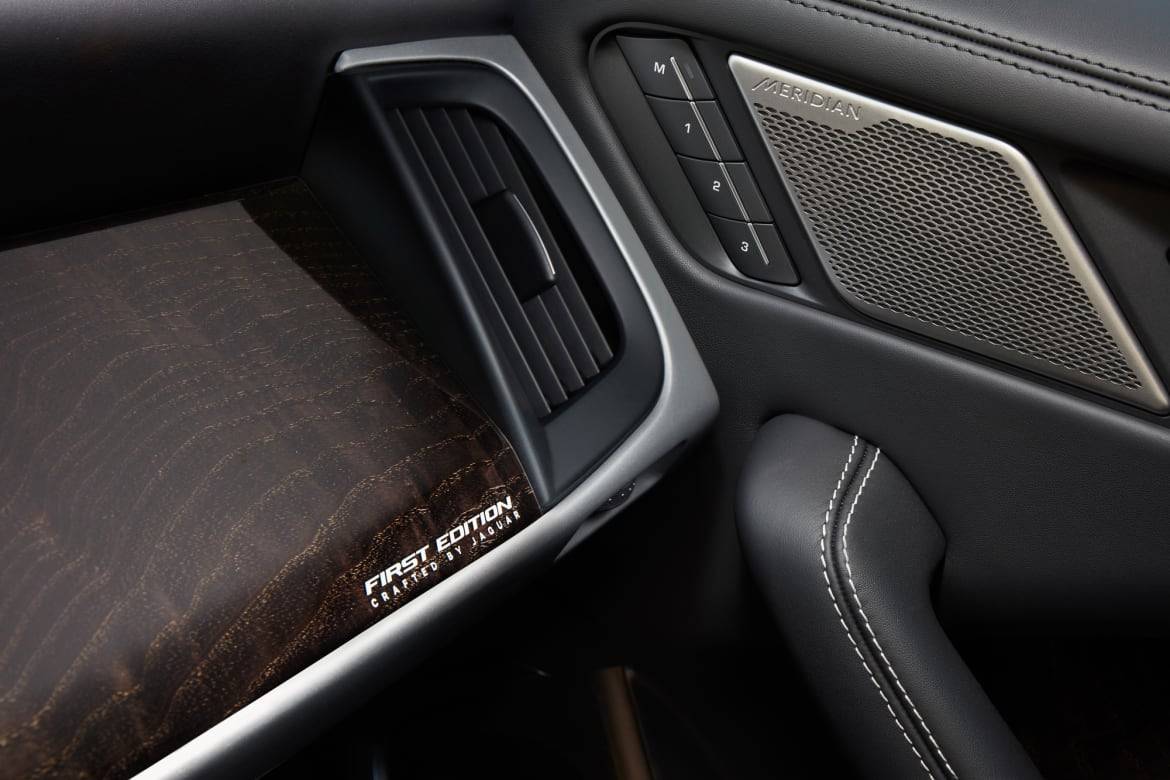
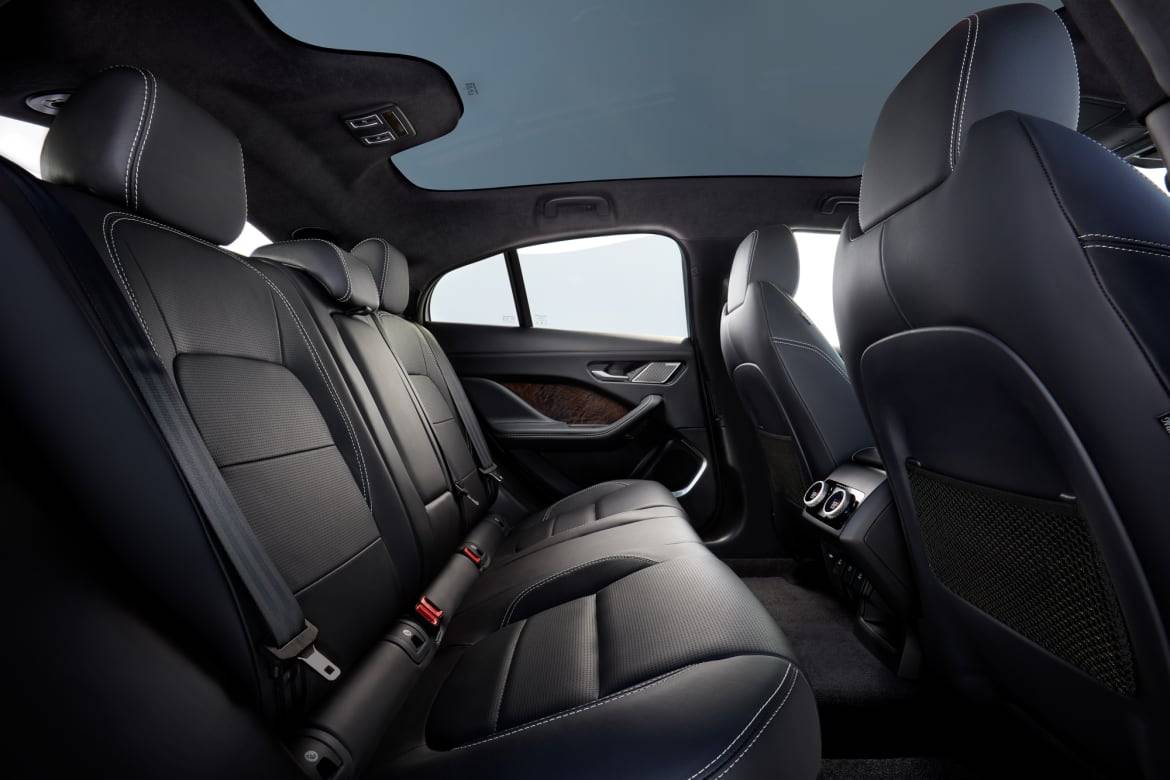









Trim Levels, Tax Credits
Trim levels are the S, SE, HSE and First Edition; Jaguar will limit the First Edition to only the I-Pace’s first year. All will come standard with five years’ bumper-to-bumper warranty coverage and free maintenance throughout, and the battery specs indicate the I-Pace should have no trouble securing a maximum $7,500 federal tax credit for qualifying taxpayers.
Cars.com’s Editorial department is your source for automotive news and reviews. In line with Cars.com’s long-standing ethics policy, editors and reviewers don’t accept gifts or free trips from automakers. The Editorial department is independent of Cars.com’s advertising, sales and sponsored content departments.

Former Assistant Managing Editor-News Kelsey Mays likes quality, reliability, safety and practicality. But he also likes a fair price.
Featured stories
















